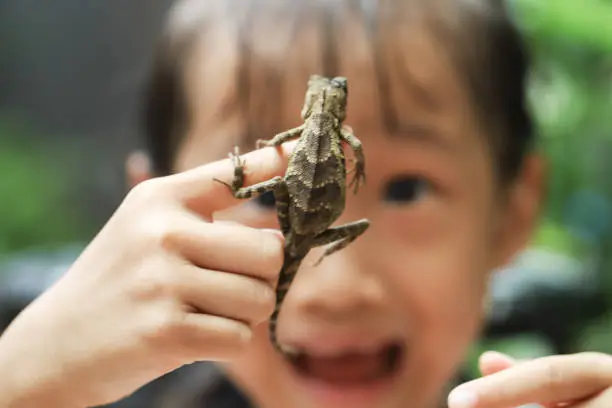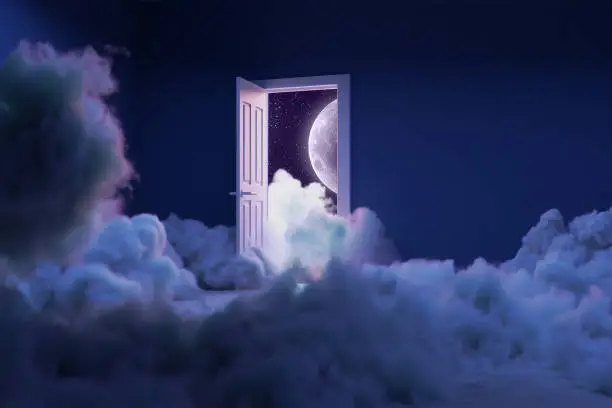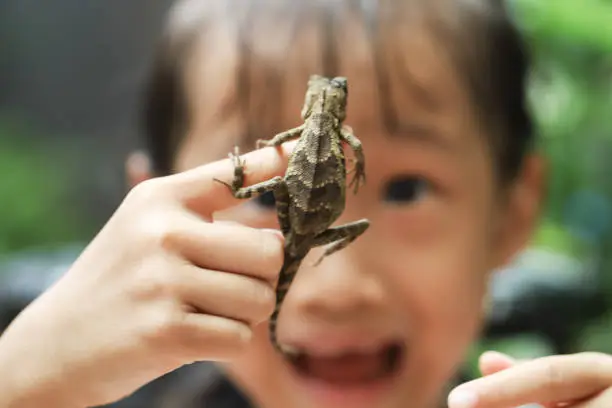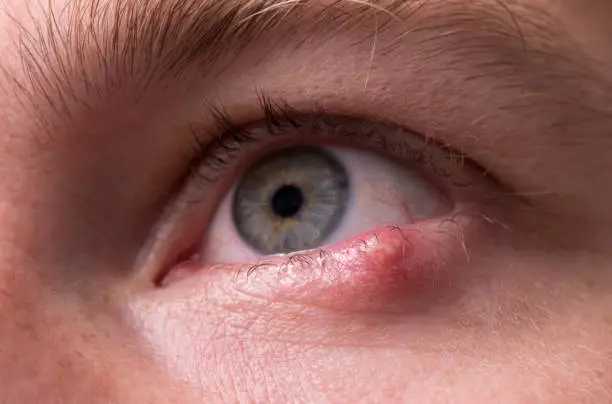What do you dream about Dancing?
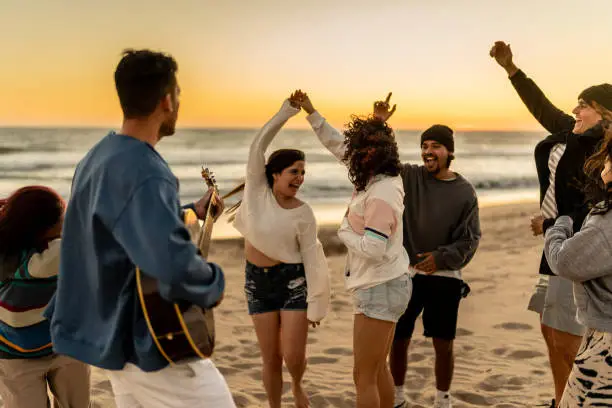
In the realm of dreams, the act of dancing can hold profound and varied meanings, depending on the cultural context and interpretation of the dream. As an oracle and predictor, let us delve into the insights provided by a few renowned dream interpretation authorities: Miller, Vanga, Freud, and the Muslim Dreamer. Each perspective uncovers layers of significance surrounding the dream of dancing, reflecting both the subconscious mind and cultural beliefs.
Miller's interpretation suggests that dreaming of dancing often relates to the dreamer's current emotional state and social life. If the dancer feels joy and freedom, it indicates a period of happiness and celebration in waking life. According to Miller, when the dreamer participates in a lively dance, it may symbolize that they are experiencing success and harmony in personal relationships. Conversely, if the dance feels forced or awkward, it may reflect anxiety or discomfort in social situations, indicating that the dreamer is facing challenges or feeling out of place in their social environment.
Moreover, Miller highlights the significance of the style and context of the dance. A formal and elegant dance may signify upcoming opportunities or formal occasions, suggesting the dreamer is ready to embrace new avenues for growth. In contrast, an energetic and spontaneous dance could indicate that the dreamer needs to tap into their creative side and express themselves without fear of judgment. It is essential to consider the participants; dancing with loved ones signifies deep connections, while dancing with strangers might suggest new friendships or potential romantic interests.
Turning to the perspective of Vanga, the famous Bulgarian clairvoyant, we find a more mystical interpretation of dancing dreams. Vanga believed that dancing in a dream could reflect a yearning for freedom and a desire to break away from the mundane routines of life. The act of dancing symbolizes a release of pent-up emotions, which can be cathartic. A dance involving joy can herald a time of prosperity and a general upliftment of spirits. Conversely, a dream where the dancer appears sad or distressed might indicate impending troubles or emotional strife. Vanga stresses that the setting, such as dancing under the moonlight or in a crowded place, significantly influences the interpretation. The moon symbolizes intuition and transition, suggesting that such dreams might guide the dreamer towards embracing change.
From a Freudian perspective, dreams of dancing are deeply entwined with the realm of desires and instinctual drives. Freud often interpreted movements and expressions in dreams as manifestations of sexual desires or urges for interpersonal connection. Dreaming of dancing can signify a longing for intimacy, revealing the dreamer's hidden passions and desires. A harmonious and graceful dance reflects a healthy integration of the dreamer’s emotions and their sexual identity. In contrast, if the dance is chaotic or incorporates frenzied movements, it may suggest repressed feelings or inner conflicts regarding sexuality and relationships. Freud posits that the companions within the dance may reveal aspects of the dreamer's psyche, where familiar faces symbolize traits present in the dreamer’s life, whereas unfamiliar dancing partners may represent unacknowledged parts of the self or unknown aspects of one's desires.
The Islamic tradition offers a different perspective from the view of the Muslim Dreamer. In many Islamic cultures, dancing is often associated with celebration but can also have warnings or omens. Dreaming of dancing can signify joy and happiness in one’s personal life, denoting that the dreamer is on the path towards fulfillment and positivity. However, if the dance appears to be chaotic, involving dark or troubling imagery, it may serve as a warning about potential unrest or misfortune. The Muslim Dreamer emphasizes the importance of who is dancing in the dream; dancing among friends signifies unity and joy, whereas dancing alone might indicate solitude or a longing for connection. Additionally, the nature of the dance matters; a traditional or cultural dance may represent a deep connection to one’s heritage and familial roots, whereas modern or impromptu dancing might suggest a break from tradition and a new path forward.
In conclusion, the dream of dancing is multifaceted, deeply intertwined with the emotional landscape, cultural beliefs, and personal experiences of the dreamer. Whether viewed through the lens of Miller's optimistic interpretations, Vanga's mystical insights, Freud's focus on hidden desires, or the cautionary context offered by the Muslim Dreamer, this theme resonates with the universal human experience of expression and connection. The dream’s context, companions, and the emotions elicited during the dance serve as invaluable clues for understanding its rich tapestry of meanings. By reflecting on these interpretations, the dreamer can glean insights into their life situation, desires, and aspirations.

